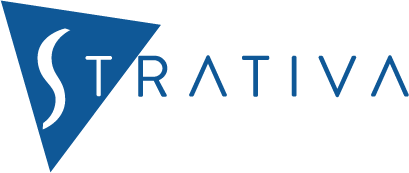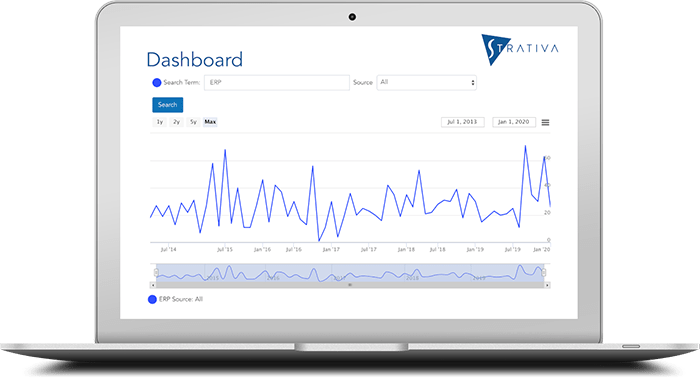
In selecting and implementing a new enterprise system, business leaders have learned the importance of evaluating business processes. “Let’s not make this an IT project,” they say. “Let’s really understand our current business and our vision for the future.” Without a doubt, this is right, and we encourage our clients to do exactly that.
However, business leaders often think that this means they should begin with detailed process mapping of their existing processes. “Let’s have someone come in and map all our processes,” they say.
At first glance, this seems logical. If we want to define our business requirements, what better way than to map our “as-is” processes?
Where Process Mapping Falls Short
Why is this not a good idea? There are at least three reasons.
- It is time-consuming. A map for even a simple process can fill up two or three pages, and complex processes can exceed 10 pages. Large consulting firms love this approach as it allows them to keep an army of junior consultants busy for months.
- They often become out of date. Binders full of process maps, frozen in time, too often just end up on the shelf, seldom referred to and infrequently updated as the business changes.
- Their scope is limited. Process maps only document one aspect of a business process: the workflow. There are a number of other factors and issues that we need to understand before we can improve a process. These include roles and responsibilities, supporting systems, key metrics, incentive systems, policies, training, procedural discipline—even facilities. None of these are easily captured or analyzed via process mapping.
Fortunately, there is a better way, which we call process framing [1].
What Is Process Framing?
Process framing involves the use of a small team to document the process in terms of its main steps, process owner and actors, systems/tools, key metrics, problems (the “case for action”), and future vision. This provides an excellent starting point for defining system requirements that are traceable back to business processes.
The deliverable is a “Process Framing Poster,” as shown above. As an alternative to the poster/slide format, process framing can also be done in a document format (e.g. Microsoft Word), which allows more detail.
Our experience shows that with structured facilitation, a small team can frame a business process in less than two hours. Compare that to one or two days to map a process in any sort of detail, not to mention the future process.
Process framing does not preclude also doing process mapping. But our advice is to save mapping for only those processes where workflow is the problem. For most processes, the problem is not workflow but something more fundamental—things such as missing or inaccurate information, lack of integration, a need for training, lack of ownership, missing procedures, or misaligned incentives. A process map will not highlight those problems, but process framing will.
The Benefits
The benefits of process framing are significant.
- It provides a structured approach. Rather than a series of interviews where we ask the client to “tell us about your business,” process framing is a group exercise that delivers a more useful deliverable than interview notes.
- It directly leads to system requirements. When done as part of a software selection, we like to add a second page to the framing poster to have the project team list the things that the new system must do in order to fulfill the future vision. In our experience, we can then lift these and use them as the basis for writing future system requirements that are traceable back to business processes.
- It provides a starting point for software demonstrations. The high-level description of the process, plus the future vision and the system requirements give the vendor a clear picture of what the demonstrations should cover. This is far preferable than allowing the vendor to give its canned dog-and-pony show.
But perhaps the greatest benefit is that process framing is an excellent tool for group facilitation. Few groups have the time or patience to sit through a process mapping exercise that can take hours and needlessly focused on minor details. Instead, usually one or two team members develop the map and present it to the group. While this can certainly be of some value, it does not foster the kind of collaboration and buy-in that takes place when the group collaborates in framing a process.
The Right Tool for the Job
Although process mapping does have its place, it takes more work to make the translation from a process map to system requirements and demonstration scenarios. Process framing gets you there faster and more directly.
In our consulting work, clients often start out with the intention of mapping all or many of their current processes. But when we explain the benefits of process framing, they agree to give it a try. After finishing the framing, the client realizes that only a handful of processes truly require mapping, and that mapping is better done for “to be” processes based on capabilities and natural flow of the new system.
Process mapping is a powerful and useful tool, but so is process framing. The key is to choose the right tool for the job at the right time.
For a related post, please see, Which Comes First, New Business Processes or New Systems?
Analysis by Strativa President, Frank Scavo.
[1] Alec Sharp and Patrick McDermott. Workflow Modeling: Tools for Process Improvement and Application Development, 2nd Edition, 2008.

